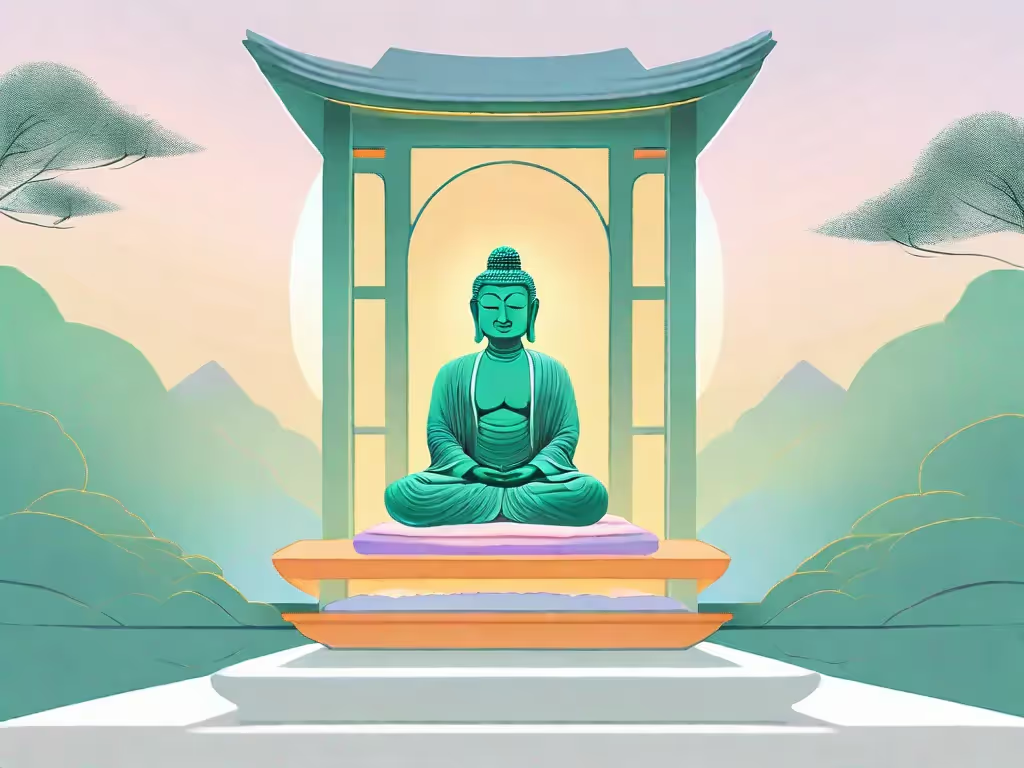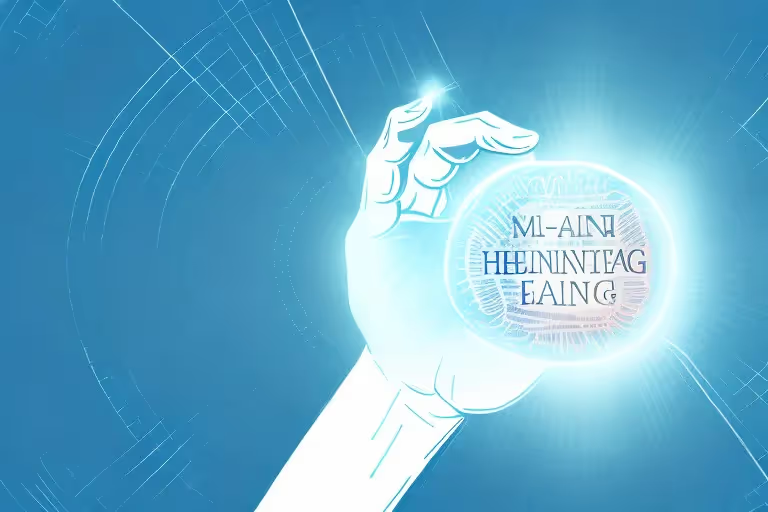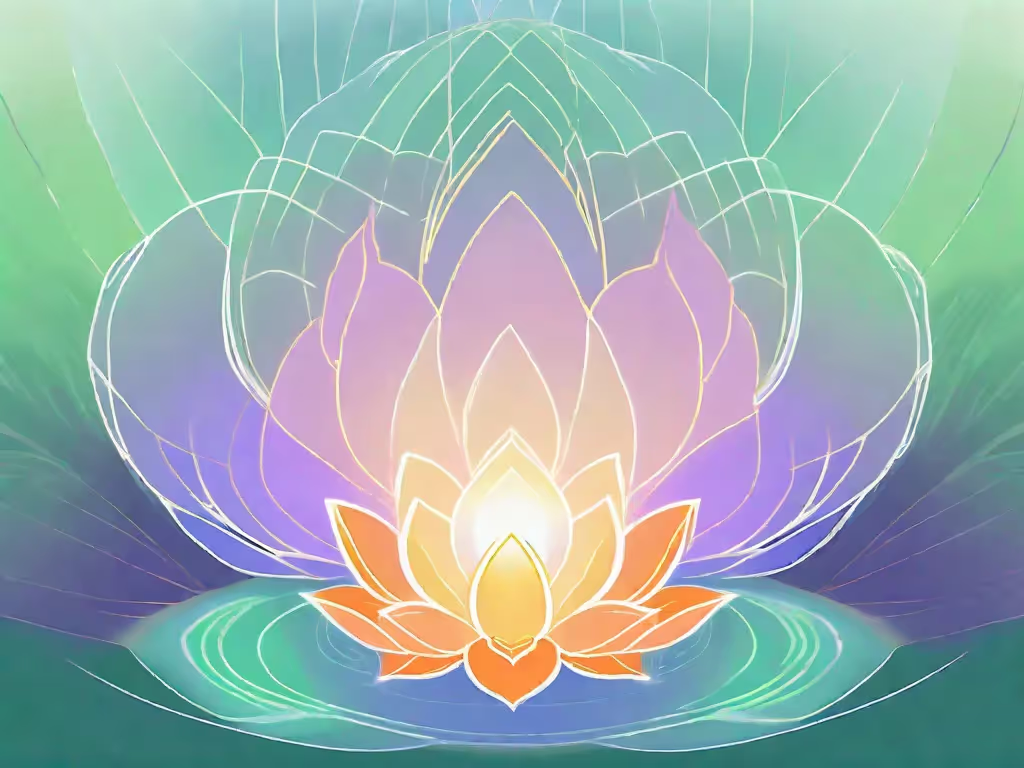Bowing Service Meditation is an ancient practice that encompasses both physical and spiritual aspects. It involves a series of ritualistic bowing movements combined with meditation, resulting in numerous benefits for the mind, body, and soul. Understanding the origins, principles, process, and spiritual benefits of Bowing Service Meditation is essential to fully appreciate its transformative power and incorporate it into one's daily life.
Understanding Bowing Service Meditation
The Origins of Bowing Service Meditation
One cannot delve into the world of Bowing Service Meditation without acknowledging its rich history and cultural roots. Originating in East Asia, this practice can be traced back to ancient Buddhist traditions, where bowing was seen as a form of paying respect and expressing gratitude. Over time, it evolved into a comprehensive practice that combines physical movements, breath control, and profound mindfulness.
The origins of Bowing Service Meditation can be found in the ancient Buddhist monastic communities of East Asia. In these communities, bowing was not just a simple gesture of respect, but a profound act of devotion and self-transformation. Monks and nuns would engage in hours of bowing as a way to purify their minds, cultivate humility, and deepen their spiritual connection.
As the practice spread throughout East Asia, it became known by different names in different countries. In Korea, it is called "prostration practice" or "jeolbyeong," while in Japan, it is known as "oiran" or "gassho." Despite the variations in names and cultural interpretations, the essence of Bowing Service Meditation remains the same - a practice that combines physical movement, mindfulness, and reverence.
The Basic Principles of Bowing Meditation
At its core, Bowing Meditation involves a series of precise and deliberate bowing movements performed in conjunction with meditative techniques. These movements serve as a physical expression of reverence, humility, and surrender. By bowing, practitioners cultivate mindfulness, connect with their inner selves, and develop a deep sense of gratitude towards both the self and the world around them.
The physical aspect of Bowing Service Meditation is not just about going through the motions. Each bow is an opportunity to bring attention to the body, to feel the muscles stretching and contracting, and to be fully present in the moment. The deliberate and intentional nature of the movements helps to quiet the mind and bring a sense of calm and focus.
Through the practice of Bowing Service Meditation, practitioners learn to let go of ego and attachments, embracing a sense of surrender and acceptance. The act of bowing becomes a metaphor for bowing to the wisdom of the universe, surrendering to the flow of life, and acknowledging our interconnectedness with all beings.
The Role of Rituals in Bowing Meditation
Rituals play a significant role in Bowing Meditation, adding depth and meaning to the practice. Each aspect of the ritual, from the specific number of bowing repetitions to the order of movements, carries symbolism and intention. These rituals serve as reminders to stay present, focus the mind, and foster a sense of discipline and consistency in the practice.
One of the key rituals in Bowing Service Meditation is the use of a bowing mat or cushion. This mat serves as a designated space for the practice, creating a sacred and dedicated area for bowing. The mat is often adorned with symbols or images that hold personal significance to the practitioner, further enhancing the spiritual atmosphere.
Another important ritual is the use of incense or candles. Lighting incense or candles before the practice is a way to purify the space and create a sense of sacredness. The scent of the incense or the flickering flame of the candle can help to focus the mind and create a serene ambiance conducive to meditation.
Furthermore, the repetition of specific bowing sequences and the adherence to a set structure of movements contribute to the ritualistic nature of Bowing Service Meditation. These rituals not only provide a framework for the practice but also serve as a form of discipline and self-regulation.
By engaging in these rituals, practitioners honor the tradition and lineage of Bowing Service Meditation, connecting with the countless individuals who have practiced before them. The rituals serve as a bridge between the past and the present, reminding practitioners of the timeless wisdom and transformative power of this ancient practice.
The Process of Bowing Service Meditation
Preparing for Bowing Meditation
Before engaging in Bowing Service Meditation, it is crucial to create a conducive environment that promotes tranquility. Find a quiet space, free from distractions, and consider lighting incense or candles to enhance the meditative atmosphere. Assume a comfortable kneeling or standing position, ensuring proper alignment to prevent any strain or discomfort during the practice.
The Steps of Bowing Meditation
Once fully prepared, the practitioner begins the meditative journey by assuming a grounded stance and centering their awareness. With a focused mind and a compassionate heart, they proceed to perform a series of deep bows, synchronizing the movements with their breath. Each bow is an opportunity to let go of past burdens, release negative emotions, and open oneself to the present moment.
Concluding the Bowing Service
As the practice nears its conclusion, the final bow encapsulates gratitude and reverence for the transformation experienced during Bowing Service Meditation. This final bow marks the end of the formal practice but serves as a reminder to carry the lessons learned into everyday life, cultivating mindfulness, humility, and gratitude in all aspects of existence.
The Spiritual Benefits of Bowing Service Meditation
Enhancing Mindfulness and Concentration
Bowing Service Meditation fosters a deep sense of mindfulness by encouraging practitioners to be fully present in each moment. By synchronizing breath and movement, one develops a heightened awareness of the body, mind, and emotions. This enhanced mindfulness spills over into daily life, allowing individuals to navigate challenges with greater clarity and respond with wisdom and compassion.
Cultivating Humility and Gratitude
Bowing Service Meditation is a powerful tool for cultivating humility and gratitude. The act of bowing represents a surrendering of the ego and a recognition of our interconnectedness with all beings. Through this practice, individuals develop a genuine appreciation for the blessings in their lives, big and small, fostering a sense of gratitude that extends far beyond the meditation cushion.
Promoting Physical Health and Well-being
Beyond the spiritual benefits, Bowing Service Meditation also has a profound impact on physical health. The repetitive bowing movements engage muscles throughout the body, promoting flexibility, strength, and balance. This practice also improves circulation, encourages deep breathing, and helps relieve tension and stress. The combination of physical and mental well-being ensures a holistic approach to overall health.
Common Misconceptions about Bowing Service Meditation
Bowing Meditation and Religious Affiliation
Despite the association with Buddhist traditions, Bowing Service Meditation is a practice that transcends religious boundaries. It is a spiritual practice accessible to individuals of all faiths or those who identify as spiritual but not religious. The focus is on cultivating inner virtues, such as mindfulness, gratitude, and humility, rather than adhering to a specific belief system.
The Physical Demands of Bowing Meditation
While Bowing Service Meditation does involve physical movements, it is not exclusive to those with exceptional physical fitness or flexibility. The practice can be tailored to individual needs and abilities, with modifications available for those with physical limitations. It is a gentle yet profound practice, accessible to people of all ages and physical conditions.
The Time Commitment for Bowing Meditation
Bowing Service Meditation can be adapted to fit various lifestyles, and it is not necessary to dedicate hours on end to experience its benefits. Even a short session of fifteen to thirty minutes can yield noticeable improvements in mindfulness, well-being, and mental clarity. Incorporating this practice into a daily routine allows for consistent growth and transformation.
As you explore the transformative power of Bowing Service Meditation, consider complementing your practice with the Aura Health App. By incorporating technology and expert guidance, this app provides a seamless platform to deepen your meditation practice, track progress, and unlock the full potential of your journey towards inner peace and self-discovery.
Aura is Your All In One App for Meditation, Mindfulness Wellbeing
Find peace every day with one app for your whole well-being. There is no one-size-fits-all solution to mental well-being. Aura is the first all-in-one wellness app that learns how to best help you. Discover an endless library of expert-created tracks for your well-being, all taught by the world’s best coaches, therapists, and storytellers. With Aura's personalized recommendations, you can find peace every morning, day and night.



.webp)






.avif)

%20(1).avif)


.avif)
.avif)
.webp)


.avif)


















































































































.avif)

















.svg)









